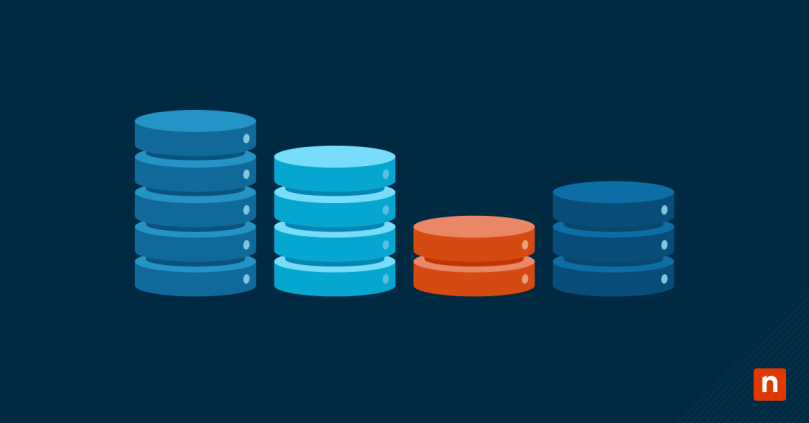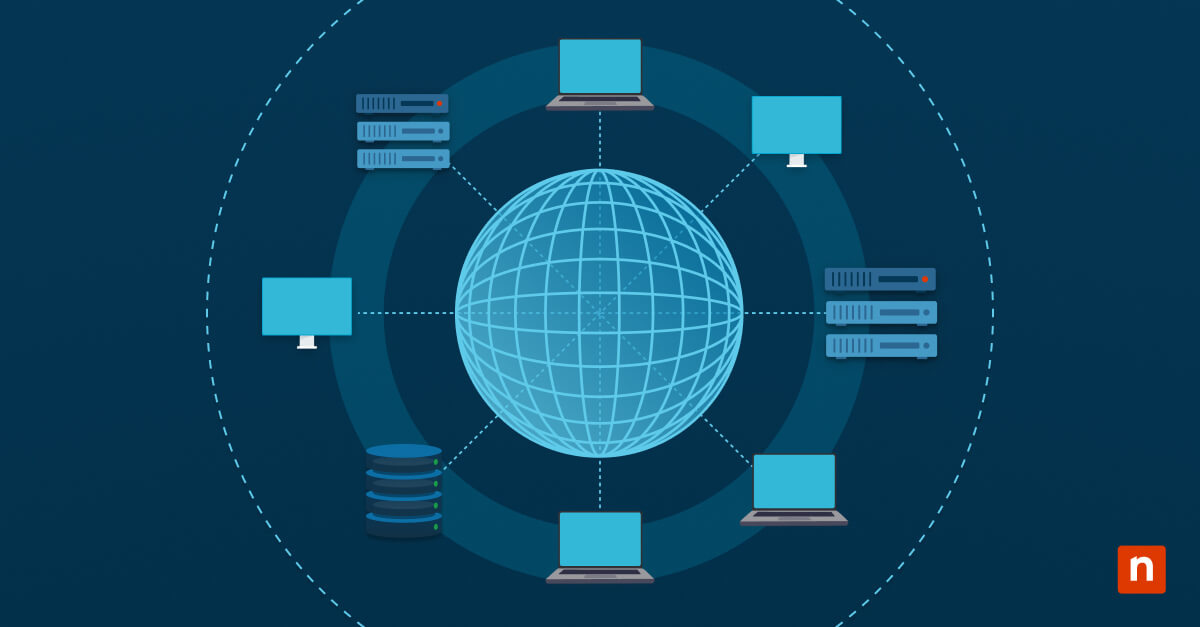Even though SQL (Structured Query Language) has been around since the 1970s, it’s still a relevant and widely-used query language in today’s IT world. Many organizations around the globe still rely on SQL server databases to store their confidential data. In order to protect this valuable information, IT professionals often use differential backup to protect data in SQL servers.
As you know, there are multiple types of backup available, so why use differential for SQL servers? The following overview will answer this question and discuss how differential backup works for SQL servers.
What is differential backup for a SQL server?
Differential backup is a type of backup that only backs up the changes made to the data since the most recent full backup. Using differential backups, organizations can save time, space, and resources since they are not backing up the data in its entirety, only the changes that have been made.
Benefits of differential backup
Differential backups provide many benefits, especially for SQL servers. As Microsoft delineates, “Differential database backups are especially useful if a subset of a database is modified more frequently than the rest of the database. In these cases, differential database backups enable you to back up frequently without the overhead of full database backups.“
Differential backups not only prevent overhead, but they also save storage, reduce backup time, and decrease risks of data loss. With all these benefits, it’s clear that differential backup is the right choice for frequently-updated SQL servers.
How differential backup works for SQL servers
As aforementioned, differential backup work by copying and storing the data changes that have been made since the last full backup. But how exactly does this work for SQL servers? This differential backup guide provides the answer with an in-depth explanation, “SQL Server database consists of small pieces of data, which are each 64KB in size. These pieces are called the extents. When changes are made to the database, the server marks the affected extents as having been modified. Differential backup copies all extents marked as modified, so it will contain every single change made since the user started working with the database. Each consequent differential backup will contain all extents since the full backup, including ones from the previous differential backups.”
To summarize, differential backup copies all extents, or data, that were altered or modified in any way since the last full backup.The server notes any data changes so that all modifications are included in backup.
Different types of backup for SQL servers
Without a doubt, differential backup is a popular backup method for SQL servers, but it’s not the only type available. Other types of backup for SQL servers include:
-
Full backup
A full backup is exactly what you think; it backs up all data on the server. It requires the most time and space, so it isn’t done on a regular basis.
-
Partial backup
A partial backup is similar to a full backup, but it does not copy all file groups. It is the least-used backup method for SQL servers, but they can be used to improve backup flexibility.
-
Transaction log backup
A transaction log backup is only relevant for SQL databases with full or bulk-logged recovery models, and it backs up all transactions since the last transaction log backup.
-
Tail-log backup
A tail-log backup is a type of transaction log backup that copies any log records that have not been backed up yet (these records are referred to as the tail of the log).
-
Copy-only backup
A copy-only backup is a type of full backup that is independent from the conventional sequence of backups.
Microsoft explains, “Usually, taking a backup changes the database and affects how later backups are restored. However, occasionally, it is useful to take a backup for a special purpose without affecting the overall backup and restore procedures for the database. Copy-only backups serve this purpose.”
-
Filegroup backup
A filegroup backup allows users to back up all data in one or more files, also called a filegroup.
Is differential backup the best backup for SQL servers?
While differential backup is currently considered to be the best backup method for SQL servers, this can change depending on your specific situation. For instance, if you do not make frequent changes to the data in the SQL servers, then it would not make sense to do differential backups. Instead, a full backup whenever major data changes are made would be the wisest choice; however, for servers with data that is modified frequently, differential backup is the best option.
Is differential backup always the best backup method?
Differential backup is the most popular choice for SQL servers, but it’s not always the best backup method for all situations. For example, MSPs often prefer to use incremental backup instead of differential backup for data on devices because it’s faster and saves even more space than differential.
As you can see, differential backup isn’t always the best backup method. The best choice will depend on your specific situation and backup needs.
Keep your data safe by using Ninja Backup
As mentioned, incremental backup is often the better solution for MSPs and IT teams. With NinjaOne’s incremental backup, you gain access to flexible backup plans, multiple restore options, remediation tools, ransomware disaster recovery features, and more. Additionally, this backup solution is fully integrated into NinjaOne’s RMM so that your technicians can have a smooth, seamless experience when switching between tools. To find out more about Ninja Backup and how it can benefit your IT team, sign up for a free trial today.








